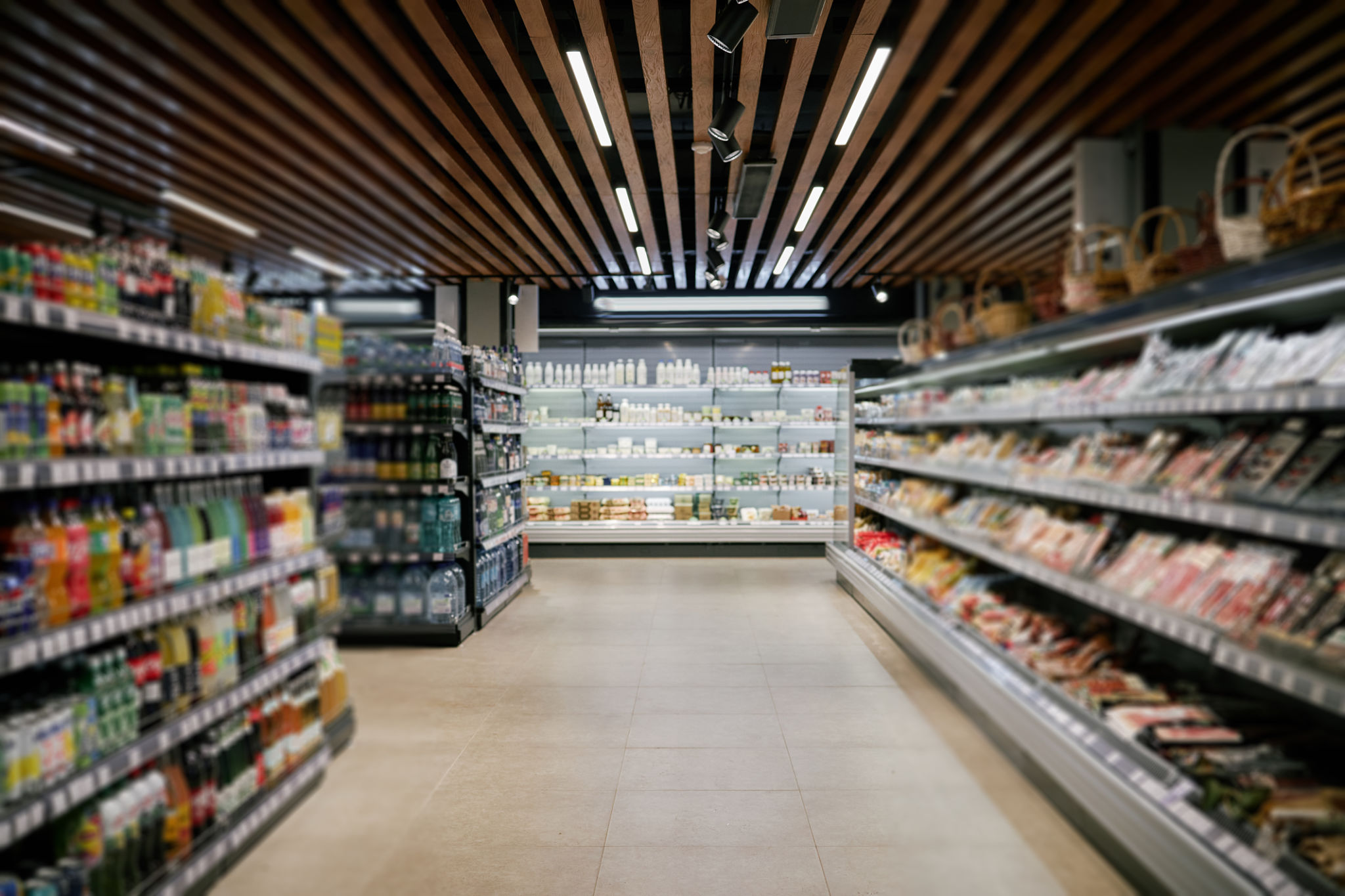Case Study: Successful Temperature Control Implementation in a Local Grocery Store
Introduction
In today's competitive grocery market, maintaining optimal temperature control is crucial for ensuring product quality and safety. A local grocery store recently implemented a highly effective temperature control system, resulting in significant improvements in product preservation and energy efficiency.

Challenges Faced
Before implementing the new system, the store faced several challenges. Inconsistent temperature levels led to frequent spoilage of perishable items, impacting customer satisfaction and increasing waste. The outdated cooling systems were also energy-inefficient, resulting in high utility costs.
Impact on Product Quality
The inconsistent temperature control affected various departments, including produce, dairy, and frozen foods. Products often lost freshness before their sell-by date, leading to a negative impact on customer trust and brand reputation.
Energy Consumption
High energy consumption was another critical issue. The store's old refrigeration systems consumed excessive power, contributing to inflated operational costs and a larger carbon footprint.

Implementation of the New System
To address these challenges, the store adopted a state-of-the-art temperature control system. This system included advanced refrigeration units, automated monitoring, and smart sensors to maintain consistent temperatures across all departments.
Technology and Features
The new system's key features included:
- Smart sensors for real-time temperature monitoring
- Automated alerts for temperature deviations
- Energy-efficient refrigeration units
Installation and Integration
The installation process was seamless, taking place during off-hours to minimize disruption. The system was integrated with the store's existing infrastructure, ensuring smooth operation and easy maintenance.

Results and Benefits
The implementation of the temperature control system brought numerous benefits. The store saw a significant reduction in spoilage, with perishable items staying fresh longer. Customer satisfaction improved as a result of consistently high-quality products.
Cost Savings
Energy costs decreased by approximately 20%, thanks to the efficiency of the new refrigeration units. This reduction in utility expenses contributed to increased profitability for the store.
Environmental Impact
Alongside cost savings, the store's carbon footprint was reduced, aligning with sustainability goals and enhancing the store's reputation as an environmentally-conscious business.
Conclusion
The successful implementation of the temperature control system in this local grocery store serves as a valuable case study for other retailers facing similar challenges. By investing in modern technology, businesses can enhance product quality, reduce waste, and achieve significant cost savings, ultimately leading to a more sustainable and profitable operation.
